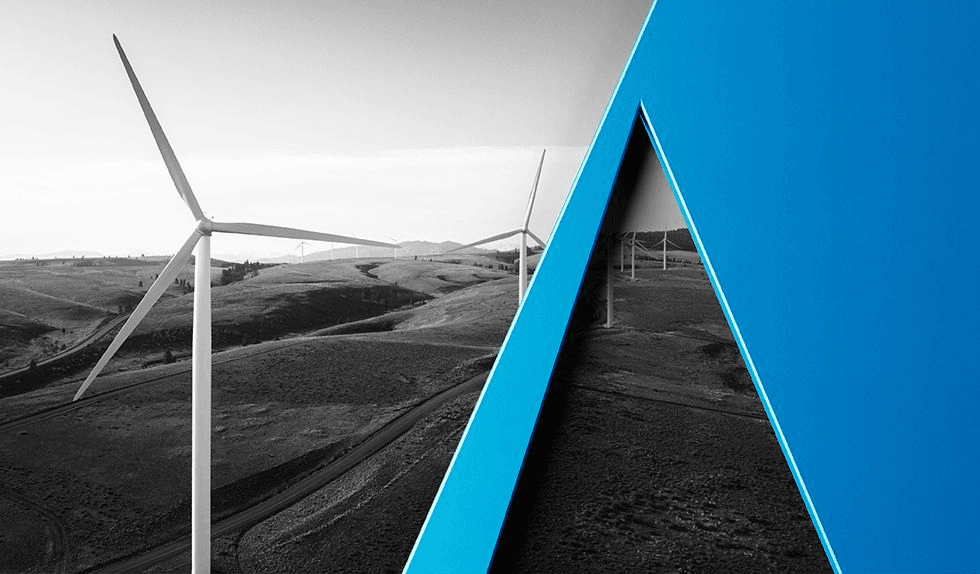Hold harmless commitments arise under the second prong of the public-interest analysis (i.e., the assessment of a proposed transaction’s effect on rates). To demonstrate that a transaction will not adversely affect rates, Section 203 applicants commonly commit not to recover through jurisdictional rates any “transaction-related costs” for a period of five years, unless the applicants demonstrate in a separate rate filing that those costs are exceeded by transaction-related savings. FERC routinely accepts such commitments as proof that a proposed transaction will not adversely impact rates.
Proposed Policy Statement
Overall, the proposed policy statement affirms the established principle that hold harmless commitments can be used to satisfy the “effect on rates” prong of FERC’s Section 203 public-interest analysis. Importantly, however, the policy statement would add requirements to further ensure that applicants demonstrate how they will implement the hold harmless commitment to the Section 203 application and related post-closing filings.
FERC proposes to make changes in four areas:
- to clarify the scope and definition of transaction-related costs that are subject to hold harmless commitments
- to clarify that applicants offering hold harmless commitments must implement procedures to track the costs from which customers will be held harmless, and document this tracking plan in the Section 203 application
- to reject hold harmless commitments that are limited in duration
- to clarify that applicants may demonstrate that, under certain circumstances, transactions will not have an adverse effect on rates without relying on hold harmless commitments or other ratepayer protection mechanisms.
Transaction-Related Costs
FERC’s proposed policy statement provides significant guidance on what types of costs the agency deems to be transaction-related and, thus, typically excluded from rate recovery under a hold harmless commitment. FERC delineates a long list of costs that it typically will deem to be transaction-related in the policy statement, including many types of “costs incurred to explore, agree to, and consummate a transaction” and “costs to integrate individuals and assets into the acquiring utility and costs to achieve merger synergies.” In addition, FERC reaffirms its prohibitions on the recovery of goodwill derived from acquisition premiums, unless a showing of offsetting benefits is demonstrated in a separate rate filing. FERC further explains that costs associated with transactions that are pursued but never completed should not be recovered from ratepayers.
Tracking Procedures and Controls
Perhaps the most significant changes relate to the requirement that an applicant demonstrate how it intends to protect ratepayers from transaction-related costs as part the Section 203 application. Applicants typically include in applications boilerplate language asserting that transaction-related costs will not be passed on to ratepayers for a period of five years. If the new policy is adopted, it is unlikely that such short assurances would be sufficient to meet an applicant’s burden going forward.
Specifically, FERC clarifies that applicants offering hold harmless commitments should implement appropriate internal controls and procedures to ensure the proper identification, accounting, and rate treatment of transaction-related costs incurred prior to and subsequent to the announcement of a proposed transaction, including transition costs. Applicants then would be required to include in the Section 203 application a detailed description of how they define, designate, accrue, and allocate transaction-related costs, and explain the criteria used to determine which costs are transaction related.
In practice, these requirements would mean augmenting the application and supporting witness testimony to include more significant detail about how the hold harmless commitment will be implemented than Section 203 applicants typically provide today. FERC’s proposed policy statement also would require applicants to provide additional detail and narrative analysis in their post-transaction accounting entries to demonstrate proper implementation of the hold harmless commitment.
Time Limitation
To eliminate the potential for utilities to game the system by time-shifting certain costs, FERC also proposes to no longer accept hold harmless commitments that are limited in duration. As a result, the proposed policy statement would eliminate applicants’ customary five-year limitation on the tracking and recovery of transaction-related costs.
Hold Harmless Commitments Not Always Required
Finally, FERC reiterates that applicants do not always have to make a hold harmless commitment to demonstrate that a proposed transaction will not adversely affect rates, and it further suggests circumstances where such commitments may be unnecessary. Specifically, FERC states that utilities may not need to make a hold harmless commitment where the transaction is being entered into to satisfy resource adequacy requirements at the state level, to improve system reliability and/or meet other regulatory requirements. FERC explains that the “purchase of an existing generating plant or transmission facility that is needed to serve the acquiring company’s customers or forecasted load within a public utility’s existing footprint, in compliance with a resource planning process, or to meet specified [NERC] standards,” likely falls within the range of transactions not required to rely on a hold harmless commitment to demonstrate the absence of an adverse effect on rates.
Implementation and Opportunity to Comment
If adopted, FERC would apply the new policies on a prospective basis. Thus, any Section 203 applications currently pending or filed prior to the issuance of the final policy statement will not be subject to the new requirements. That said, because FERC considers the new guidance in many circumstances to clarify or expand upon its current policy on hold harmless commitments, applicants would be wise to review closely FERC’s delineation of transaction-related costs and consider providing additional details in Section 203 applications demonstrating that these costs would be accurately tracked and excluded from rate recovery mechanisms.
FERC is accepting comments on all of the proposed changes until March 30, 2015.
1 16 U.S.C. § 824b(a)(4).
2 See, e.g., Inquiry Concerning the Commission’s Merger Policy Under the Federal Power Act: Policy Statement, Order No. 592, 61 FR 68595 (Dec. 30, 1996), FERC Stats. & Regs. ¶ 31,044, at 30,111 (1996) (Merger Policy Statement), reconsideration denied, Order No. 592-A, 79 FERC ¶ 61,321 (1997).



